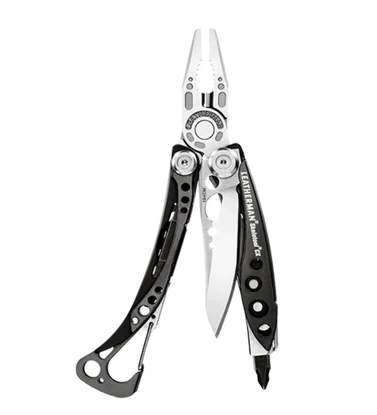Some brands earn their reputation through flashy ads or celebrity endorsements. Others, like Leatherman, build it one problem solved at a time. The first time I learned about leatherman south africa, it wasn’t from a catalog or a store—it was from a friend pulling a weathered, well-used multi-tool from his pocket to fix something in the middle of a camping trip. The tool looked like it had been everywhere, done everything, and was still ready for more. That image stuck with me.
The Leatherman story began in the early 1980s, when Tim Leatherman, frustrated by the lack of a single, compact tool that could handle everyday mechanical challenges, decided to create his own. His goal wasn’t to reinvent the wheel—it was to put the essentials of a toolbox into a foldable, easy-to-carry package. By 1983, the first Leatherman PST (Pocket Survival Tool) hit the market, and it quickly became a game-changer for adventurers, tradespeople, and everyday problem-solvers alike.
What’s fascinating is how the brand’s philosophy has stayed consistent for decades: build tools that work when you need them most, wherever you are. Whether you’re on a remote trail, in your garage, or stuck on the side of the road, the promise is the same—you’ll have what you need to get the job done. In a world that often leans toward disposable products, Leatherman has always taken the opposite approach: tools that last, tools that can be repaired, and tools that become more valuable the more they’re used.
In South Africa, that ethos resonates deeply. The landscapes here—mountains, deserts, coastlines—are as varied as the challenges they present. A Leatherman in your pocket isn’t just convenient; it’s a form of readiness. Farmers use them for quick fence repairs, overlanders keep them in their rigs for unexpected breakdowns, and urban dwellers appreciate them for everything from DIY fixes to opening stubborn packaging. It’s a tool that crosses lifestyles without losing its core identity.
One of the brand’s enduring strengths is its refusal to compromise on build quality. The stainless steel construction, precise engineering, and lifetime warranty aren’t marketing gimmicks—they’re an invitation to use the tool hard, knowing it can take it. Over the years, Leatherman has expanded its lineup with models tailored for specific needs—outdoor-focused tools with saws and fire starters, compact keychain versions for daily carry, and heavy-duty models for professional use. But no matter the design, the DNA is the same.
What makes the Leatherman story so compelling is that it’s about more than just tools—it’s about empowerment. It’s the confidence of knowing you don’t have to wait for help when something goes wrong. It’s the satisfaction of fixing something with your own hands. And for many, it’s the quiet pride of carrying a piece of gear that’s been by their side through countless small victories.
Personally, I think that’s why Leatherman has become such a fixture in so many lives. It’s not about being a “gear person” or an outdoor expert—it’s about valuing self-reliance. And in a way, every scratch and mark on a Leatherman tells its owner’s story: where they’ve been, what they’ve faced, and how they handled it.
So while you could call it a tool, I think of it as something closer to a trusted companion. Whether you’re tightening a loose screw at home or making a roadside repair miles from anywhere, it’s there—quiet, reliable, and always ready for the next challenge. That’s the kind of legacy that doesn’t just last decades; it earns them.
